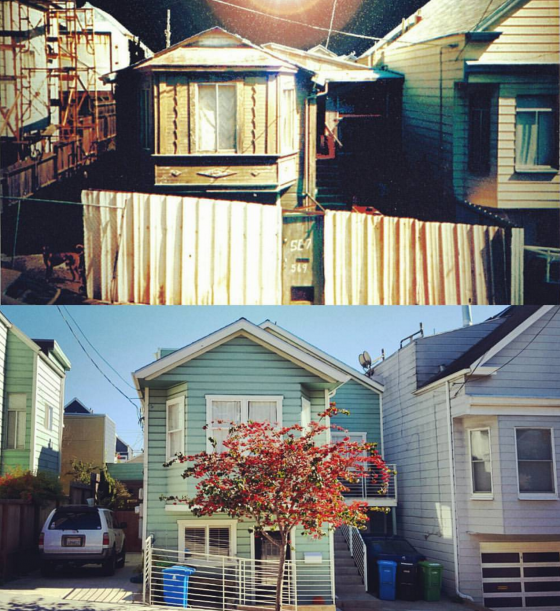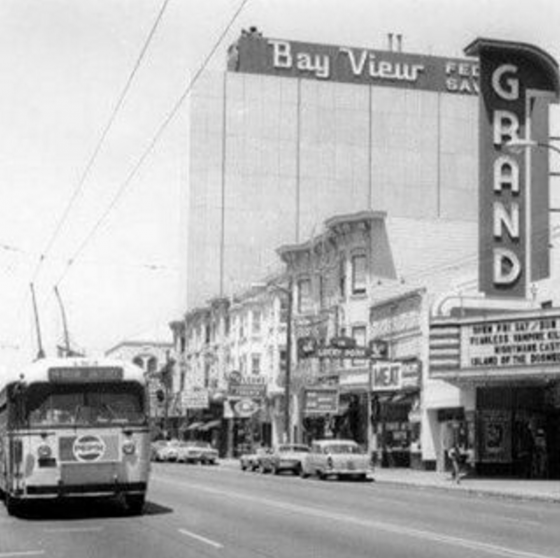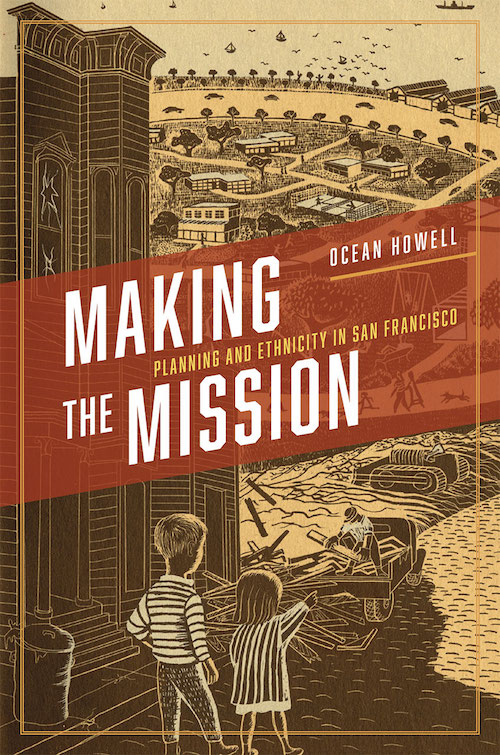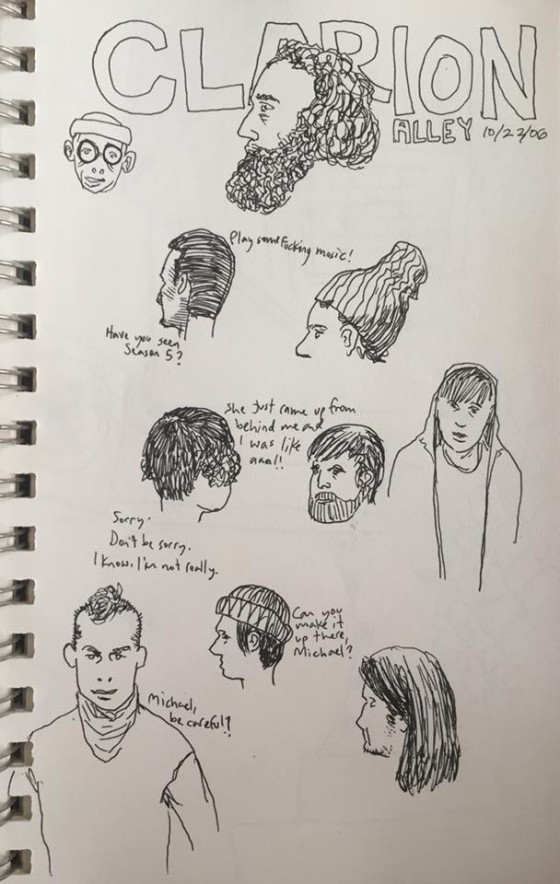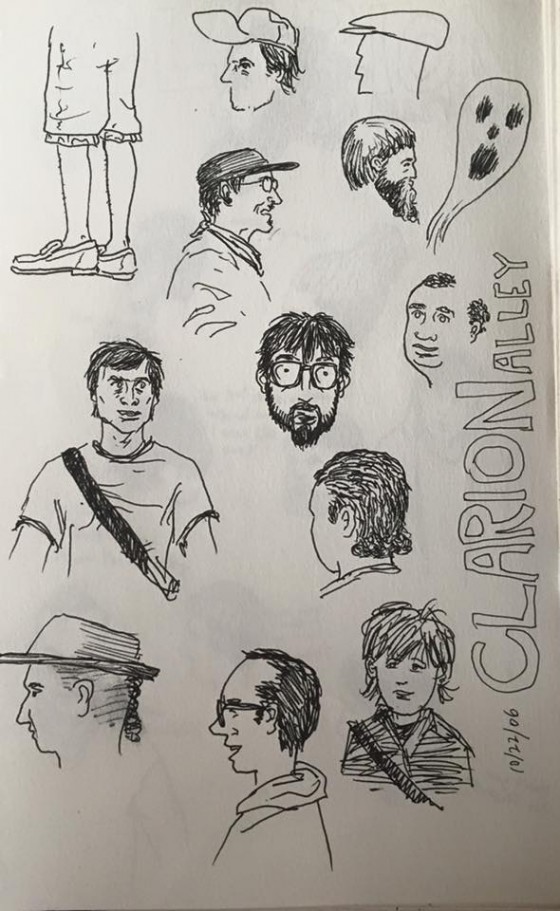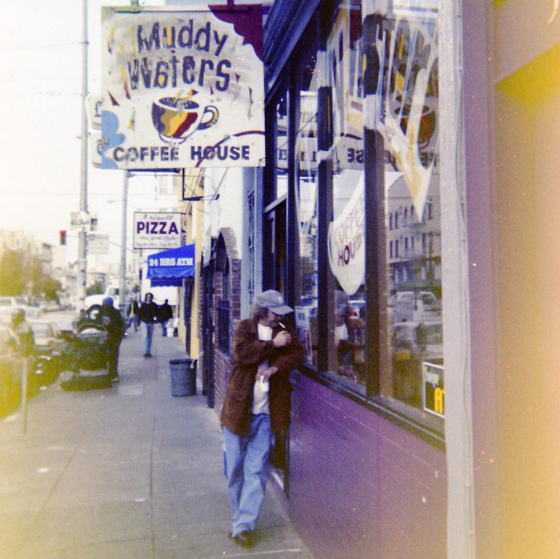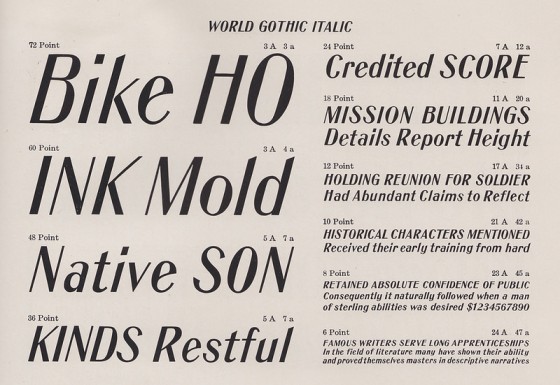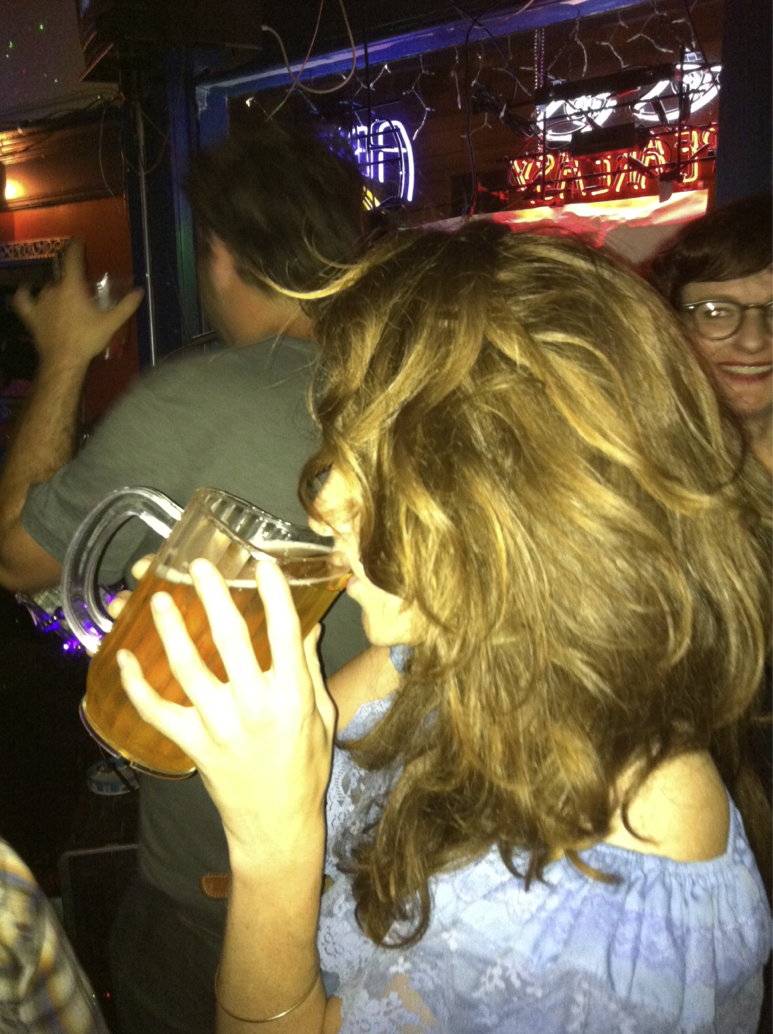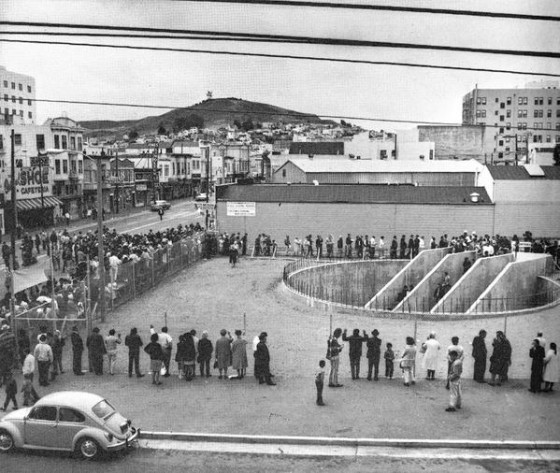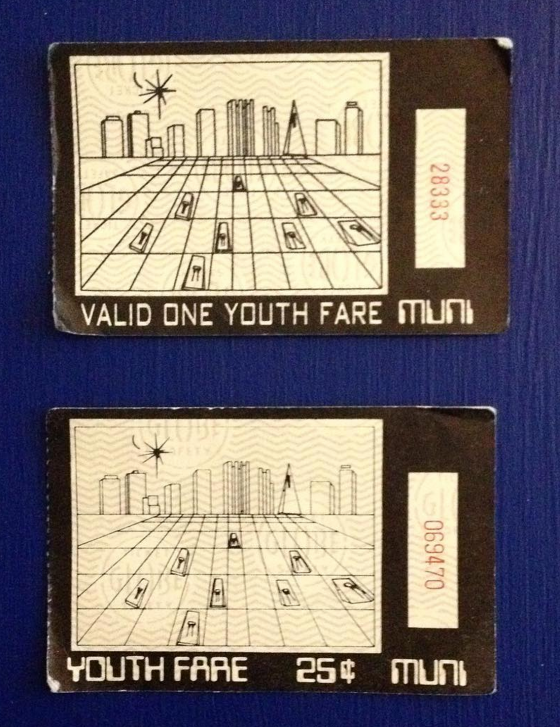
What the heck is Spectre Challenger you ask? I mean, it was this:
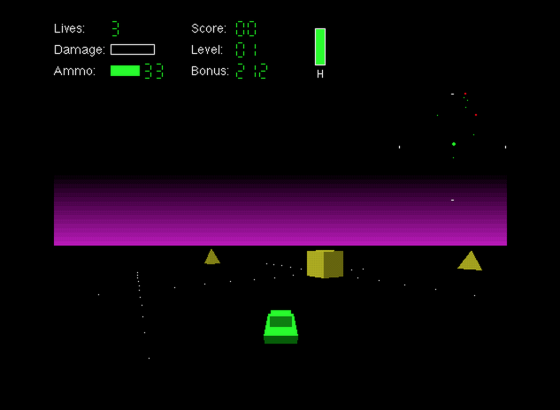
Here’s some Wikipedia info:
Spectre was a computer game for the Apple Macintosh, developed in 1990 by Peninsula Gameworks and published in 1991 by Velocity Development. It was a 3D tank battle reminiscent of the arcade game Battlezone.
[...]
The goal of the game was to drive the tank around the playfield, collecting ten flags by driving over them, while avoiding obstacles (including rotating windmills) and the shots of computer-generated enemy tanks.
In single player mode, you can choose four kinds of tanks, each one having different stats for shields, speed and ammo: Balance, Speedy, Strong and Custom (you can freely distribute 15 stat points for this one). Each stage passed increases game’s difficulty (quantity and speed of enemy tanks). Furthermore, from level 6 appear orange cone-shaped tanks (which are faster and more resistant than normal enemy red tanks) and every 10 levels the shields of all enemy tanks are increased by 1. Also, after level 9 is passed, the player can throw grenades which cost 10 ammo and damage all enemy tanks in explosive range.
The game supported multiplayer operation over an AppleTalk network. Each player used a single Mac, but the other players were depicted as enemy tanks.
Sounds more or less like your average Muni ride, am I right?
P.S. How did I just remember the game Spectre Challenger off the top of my head after seeing these Muni passes on Instagram you ask? I didn’t.
I was like, “Jess, look at these Muni passes. What was that videogame for computers from like 25 years ago where you drive around in a little Tron-looking tank or whatever???” Jess didn’t know, so I started digging around my one box of old-ass stuff from childhood and found a little yellow 3.5-inch floppy case containing something called “Verbatim DataLife 2nd Edition 11th Disk MicroSoft Entertainment Pack,” a disk full of (if I recall correctly, but we can’t know for sure since I can’t plug a 3.5″ floppy in anywhere around here) topless pics of Bridget Fonda, a disk called “SHIZNIT,” annnnnnnnnd finally Spectre Challenger for IBM & 100% Compatibles …..holy shit what a barbaric world.
Checkitout:
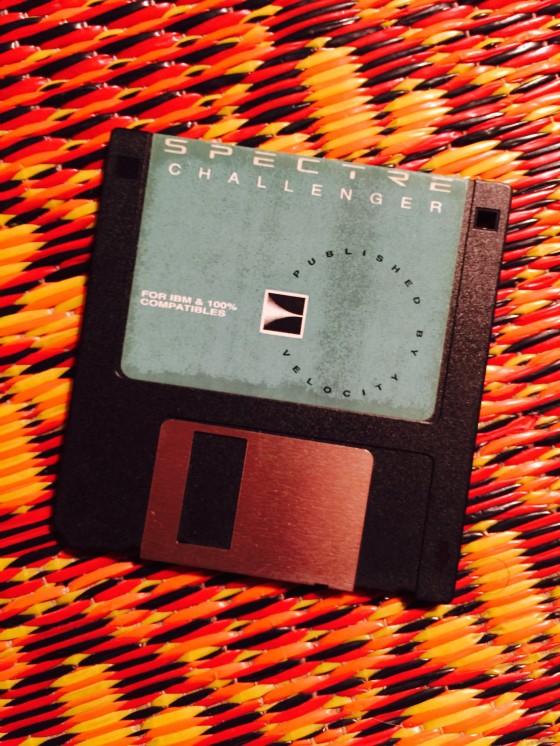
And finally:
[via The Heated]
